The syringe is one of the most necessary devices in medicine, but it was not until the XIX century that it came to light. Today, the syringe is an indispensable tool for hospitals and healthcare facilities around the world, it has made it possible to inject drugs, vaccines and antibiotics efficiently and quickly. And even when it seems like a simple device, its invention has changed the course of medicine and contributed to saving millions of lives.
👩🔬The syringe
Syringes are quite basic standard items that are used on a daily basis in the medical industry. Its design is quite simple and straightforward, and completely effective for its purpose, it is not a medical tool that we think about too much, it is there, used and discarded.
The name comes from the Latin “syringa” and the Greek “syrinx”, which means rod or tube. The needle as we know it today. The hollow needle or hypodermic needle was invented by two doctors at the same time. On the one hand, the Irishman Francis Rynd invented a syringe for injecting liquid into his patients in 1844, and ten years later, the Scotsman Alexander Word came up with the idea of injecting heroin into his wife's nerve to relieve her cancer pain. On the other hand, the French
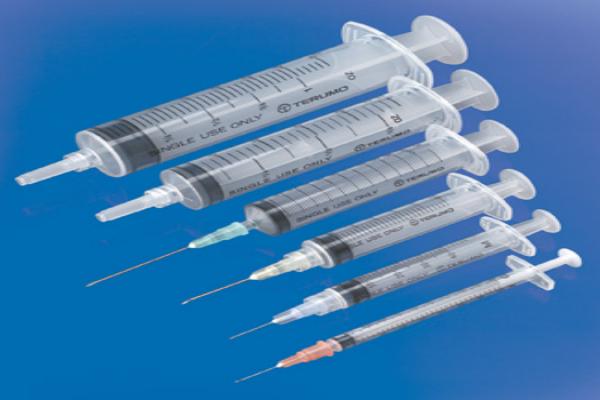

💉What is
Syringes and needles are sterile devices that are used to inject solutions or extract secretions from the body. A syringe is a calibrated glass or plastic cylinder with a plunger in one and an opening that connects to a needle. The needle is a hollow metal tube with a pointed tip.
📚Origin
The concept of the syringe comes from prehistoric implements such as blowguns, poison-tipped darts and other weapons that are used to introduce toxins into a person's body. The records of the use of the first versions of the hypodermic needle date back to ancient Greece. These first syringes could only push liquids into existing body orifices, not penetrate the skin, while an Egyptian surgeon invented a type of syringe called a clyster that could administer an enema or provide suction to remove the nasal mucosa. The concept did not change much for several hundred years.
📌What is it for
A syringe is a small tube with a thin hollow needle at the end. Syringes are used to put liquids into things and to take liquids out, for example, to inject drugs or to draw blood from someone's body. Insert the needle into the skin and press the plunger of the syringe to inject the vaccine.
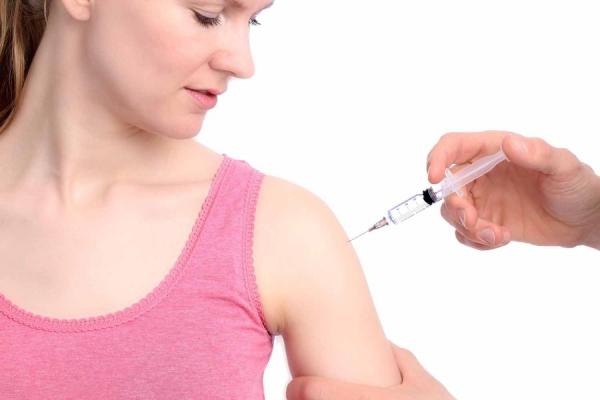

🌡The first injections
In 1656, Christopher Wren is credited as the first person to perform an intravenous injection. Using a pen attached to a small bladder, the Englishman injected a dog with alcohol during an experiment at Wadham College, Oxford. The use of alcohol made it easier to observe the effects of the experiment (that is, the dog became intoxicated). The process first required a skin incision before a vein could be accessed.
Wren unsuccessfully tried injections in humans, but human experimentation was the focus of Johann D. Major's work. In 1662, Major, a German graduate of the University of Padua, performed the first recorded intravenous injection into a human being. Although his attempts ended due to poor results, progress was continued. Regnier de Graaf developed a metal syringe in the 17th century. Resembling a Moderna, it consisted of a needle directly attached to a metal barrel, designed only to trace blood vessels in human corpses.
The use of syringes at that time was mainly limited to experiments that did not end well. The injection of substances such as opium, arsenic and sulfur oil, which are now generally considered unsafe for the human body, contributed to the poor results. However, the idea of treating diseases such as syphilis and epilepsy with medication was explored. Experimentation often resulted in death, so injections were not re-explored for another 200 years.


📍Moderna developments
The reusable syringe concept dominated developments in the field until the 1960s. The Chance brothers, Obert Lucas Chance and William Chance, invented an all-glass syringe in 1946. With a removable cylinder and plunger, it allowed users to replace parts, but these parts (and produce them) turned out to be expensive. At that time, sterilizing and reusing hypodermic needles was standard practice.
In 1956 a disposable syringe was developed. Conklin Murdoch from New Zealand produced a disposable plastic syringe containing a metal medical needle. However, there were several competing designs. The Monoject syringe developed by Roehr was introduced in 1955, while the Plastipack syringe was introduced by Becton Dickinson in 1961. Interest in disposable syringes increased as fears of disease transmission increased.
The first mass-produced disposable syringe and needle appeared in 1954 for administering a polio vaccine. The injection of vaccines was first explored in 1798, with the work of Dr. Edward Jenner in England. Three years after their findings, 100,000 people had received smallpox vaccinations in Britain.
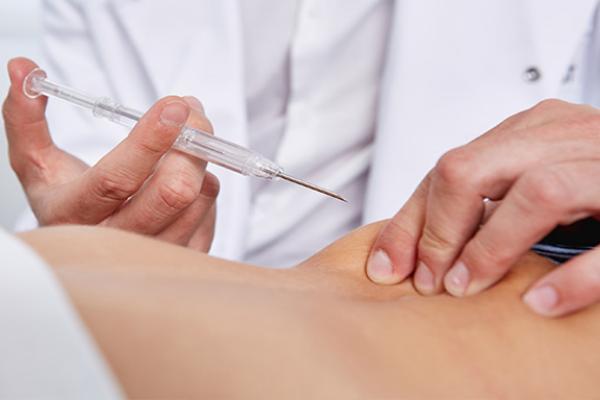

Alternative
In recent years, alternatives to the plastic syringe have emerged. An example is the microneedle. A microneedling device, developed by Georgia Institute of Technology chemical engineering professor Mark Prausnitz and electrical engineer Mark Allen, is made of 400 tiny microscopic needles.
These silicone-based needles, each the width of a human hair, are designed in a patch-like application system; these needles never touch any nerve cells, so the medication is administered painlessly. The time and dose of medication administration are controlled by microelectronics built into the device.
Hypospray is another innovation. It uses pressurized helium to facilitate the absorption of dry powdered medicines. The device was developed by PowderJet Pharmaceuticals. Although the concept of what a syringe is has not changed, the methods of administration have evolved to include safer syringes and devices that introduce drugs in an even safer and painless process.
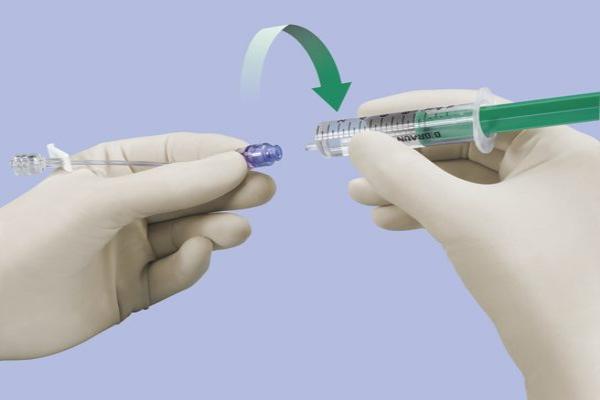

🌺Benefit
- Reduces the risk of infection.
- Can be mass-produced
- Safer for the environment
- The most obvious benefit is manifested in the prevention of the spread of infections.
Blood-borne diseases are almost completely nullified by the proper disposal of disposable syringes. They also allow for a lower maintenance cost due to the fact that they never have to be cleaned or sharpened. They can be easily mass-produced and the low price means that a complete installation can be easily stored. And they are also safer for the environment and reduce the risk of accidental contamination during the disposal process.


🧫Types of syringe barrel
Luer Lock Syringe
Just like the Luer Lock needles; these syringe cylinders have a threaded tip that allows the Luer Lock needles to be screwed on securely. Other types of needles will not fit securely to this type of syringes.
Syringe with normal sliding tip
These syringe cylinders allow the needle to slide over the tip and compress for easy installation and removal. They can also be called slip Luer syringes.
Syringe with catheter tip
This type of syringe is often used when injecting through a tube or when a normal sliding tip needle is larger than a standard sliding tip. They are good for injecting into things where the tapered tip can form an airtight seal. They can even be used to rinse large wounds or abscesses in a veterinary setting.
Eccentric tip syringe
When you need to inject something parallel to the skin, an eccentric-tipped syringe is commonly used. The tip is aligned with the outer body of the barrel and is perfect for injecting into one vein and not penetrating both vein walls.
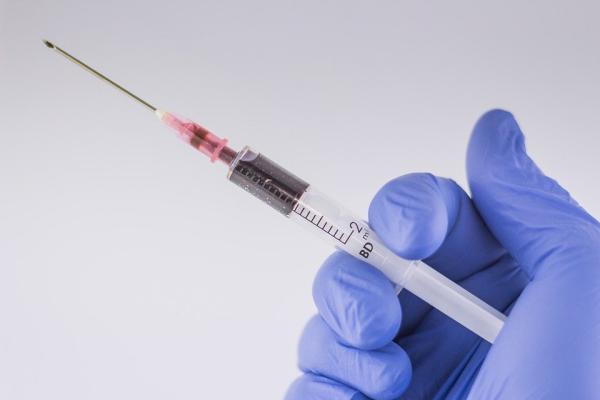

Insulin syringe
One of the most common types of syringes, they are single-use and are inexpensive. Usually they have a U-100 mark indicating the concentration of 100 units of insulin per 1 ml. and they often incorporate a fine needle.
The syringe has long been used for aspiration, irrigation and infusion. This became injections for early transfusion, anesthesia and surgical procedures, including venous sclerotherapy. Syringes have been adapted for use in the injection of specific drugs.

